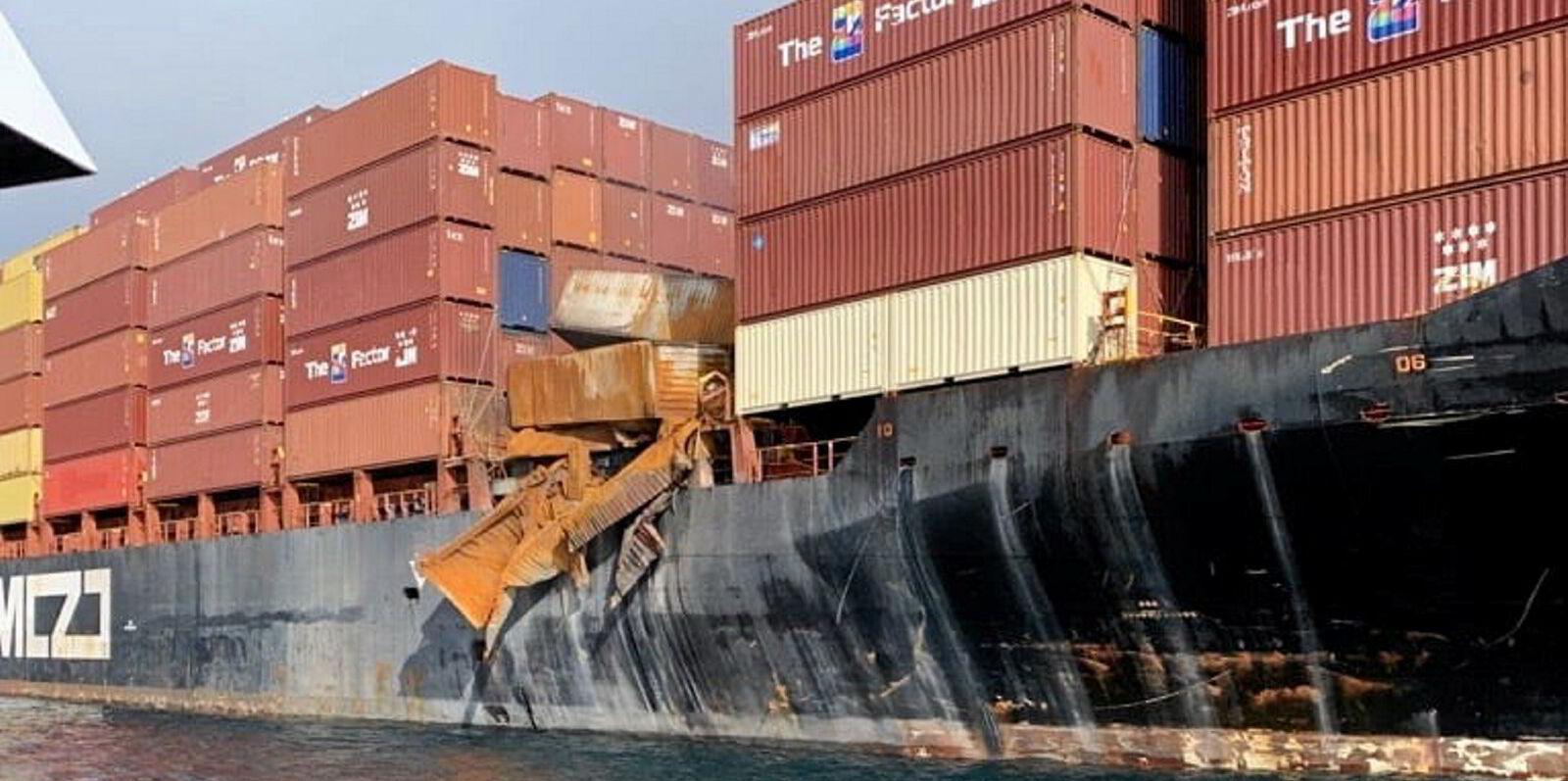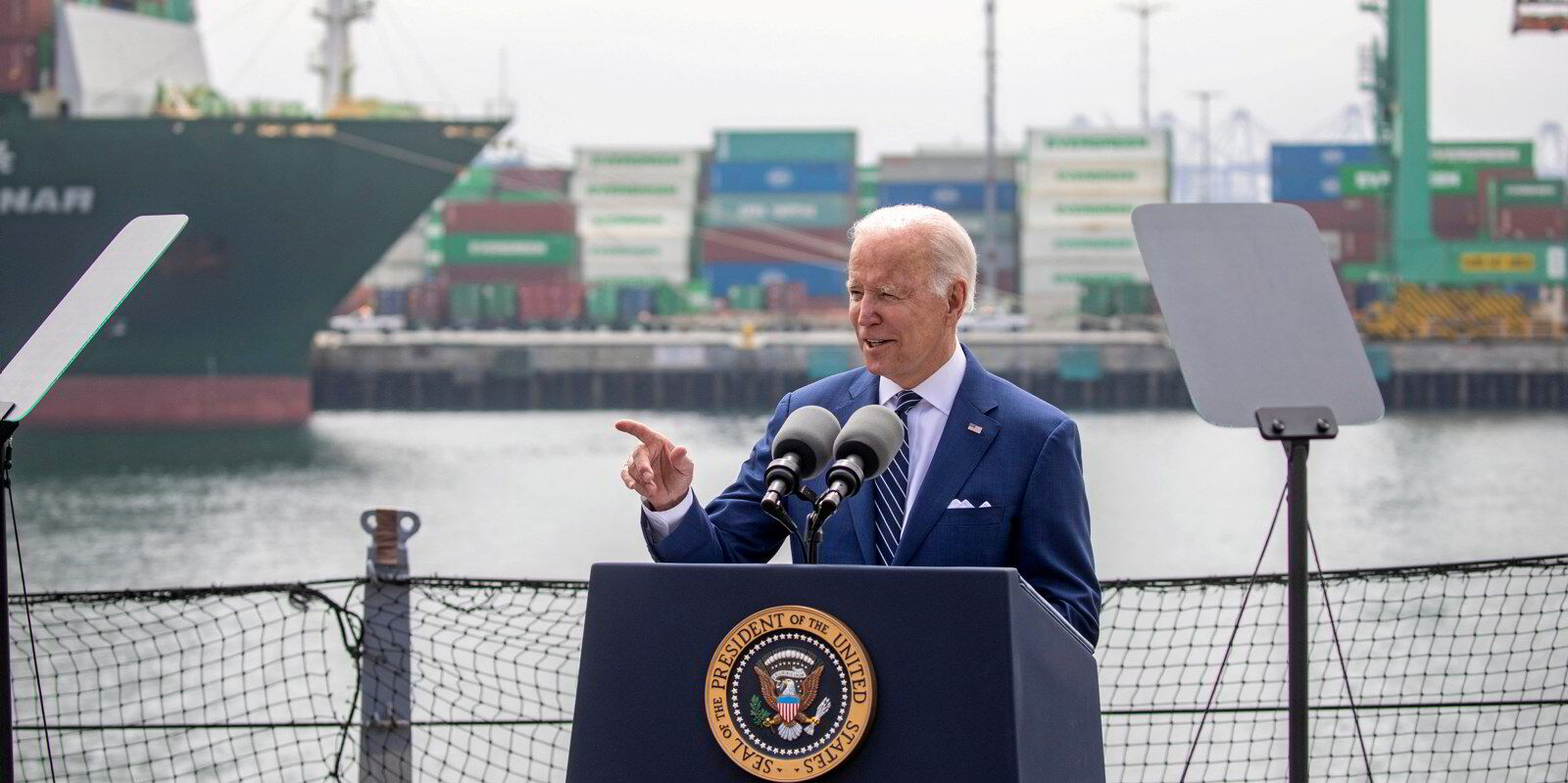The number of shipping containers lost overboard will rise from the historic lows of 2023 after vessels were hit by bad weather after rerouting around the Cape of Good Hope.
At least five vessels have lost more than 200 boxes after Houthi attacks on shipping in the Red Sea forced major operators to send vessels around the coast of Africa despite the more hazardous weather conditions.
A total of 221 boxes were lost in 2023, a record low since records started in 2008 after losses averaged some 1,500 a year, the International Union of Marine Insurance conference in Berlin was told.
While this year’s losses represented a tiny fraction of the 250m containers transported annually, they can lead to significant disruption to coastal states.
South African authorities said earlier this month that pharmaceutical bottles holding pills had been washing ashore from a breached container.
The International Maritime Organization is this week discussing the preliminary results of a three-year study that has examined ways to reduce the number of losses.
The TopTier project, run by the Maritime Research Institute Netherlands (Marin) and involving key industry players, studied 44 incidents, including six where more than 10% of the cargo was lost.
The team also ran tests assessing the extent to which ships could roll before losing boxes over the side.
The study found the crew were not properly trained on how to deal with the phenomenon of parametric rolling when the vessel’s characteristics and sea conditions combine to spark violent rolling that can lead to the loss of containers.

One of the leaders of the project, Rob Grin, told the conference that different class societies reported significant differences in how far a ship would have to roll before losing containers, making it harder for crews to know the safe limits of operations.
“We need to improve crew training. That is very crucial. They have to do the work, and they have to know what kind of things they need to avoid,” said Grin.
The study also identified loading problems and inaccuracies in the stated weights of containers that could affect where they are stowed on board for the best stability, said Grin.
In one case examined by the Marin team, 92% of containers in one bay were loaded in the wrong place, according to the stowage plan provided before departure.
Late changes
A survey of crew members revealed that information for loading arrived too late and was often inaccurate. “There were many last-minute changes of the loading plan, even after departure,” Grin told TradeWinds.
The attacks on shipping by the Houthis in the Red Sea have sent container ships on longer routes around Africa, adding time and cost to journeys.
Insurers said there had not been a significant impact observed yet this year from claims related to the longer distances and harsher conditions.
But the South African Maritime Safety Authority said the losses from container ships highlighted the risks of bad weather and the challenges of responding to coastal shipping emergencies.
Losses this year have included 44 containers from the 17,859-teu CMA CGM Benjamin Franklin (built 2015) in rough weather off the coast of South Africa in July.
None of the containers contained dangerous goods, said French liner operator CMA CGM.
The 13,200-teu CMA CGM Belem (built 2024) lost 99 boxes in August, while the 6,969-teu MSC Antonia (built 2009) lost 46 containers.(Copyright)
Read more
- US tariff action stokes fears Chinese-built ships may be next in White House sights
- Smugglers busted trying to ship $270m of meth into Australia
- Loose wire theory boosts shipowner in US liability battle over bridge collapse
- Container freight rates to the US plummet as strike and Trump sway shippers
- Chokepoints, fuels and fires: The challenges facing marine insurers





